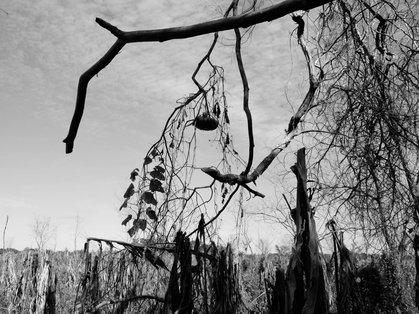contributions
We invite you to read, watch, and listen to a variety of contributions and materials that have been conceived of as extensions and insights into our collaborations, facilitations, and programs. Predominantly commissioned by Spore, it is a repository of sonic notes, stories, poems, essays, and tools authored by individuals from different walks of life. They are published in their multiple original languages with occasional translations.

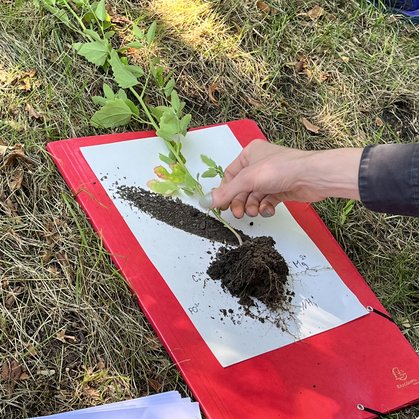 Michael Lylow gives an insight into the structure of the soil in Spore's garden.
Michael Lylow gives an insight into the structure of the soil in Spore's garden.
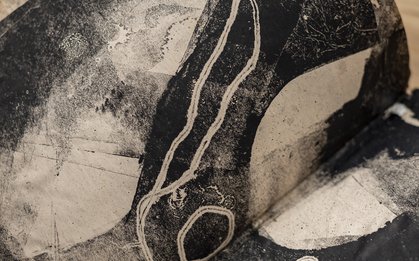 Kuxaán Xúum, Cecilia Moo, artists' handmade illustrated book on the Kuxaán Xúum story (The rope of life), 2022.
Kuxaán Xúum, Cecilia Moo, artists' handmade illustrated book on the Kuxaán Xúum story (The rope of life), 2022.

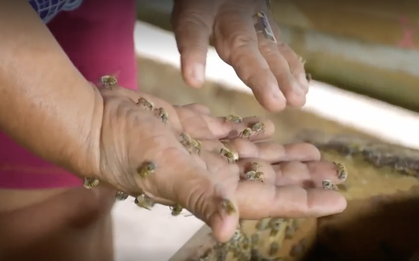 Still from Las Voces Desde Adentro, 2022
Still from Las Voces Desde Adentro, 2022
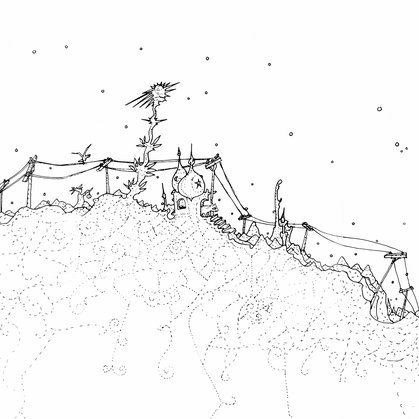 Ariel Guzik, Illustrations from House of Similarities, 2022
Ariel Guzik, Illustrations from House of Similarities, 2022
Translated by Joel Scott and Andrea Garcés for Gegensatz Translation Collective.

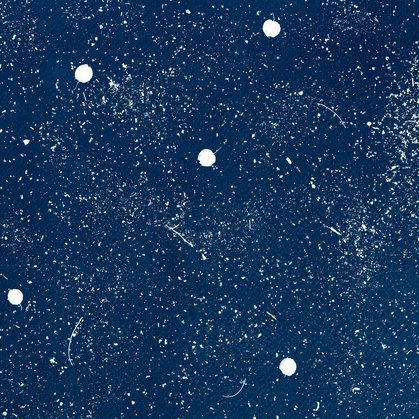 Omar Said Charruf, Cosmos, 2022
Omar Said Charruf, Cosmos, 2022

 Kuxaán Xúum, Cecilia Moo, libro ilustrado hecho a mano por artistas sobre la historia de Kuxaán Xúum (La cuerda de la vida)
Kuxaán Xúum, Cecilia Moo, libro ilustrado hecho a mano por artistas sobre la historia de Kuxaán Xúum (La cuerda de la vida)
 Ariel Guzik, Ilustraciones de la Casa de las Semejanzas, 2022
Ariel Guzik, Ilustraciones de la Casa de las Semejanzas, 2022

 Omar Said Charruf, Cosmos, 2022
Omar Said Charruf, Cosmos, 2022

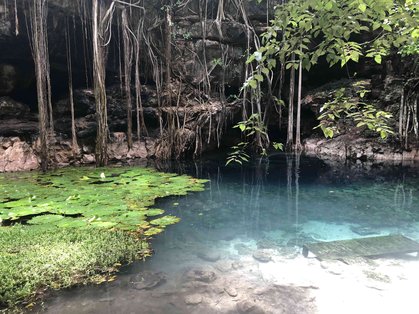 Cenote in Yucatan
Cenote in YucatanAbstract: This text offers a broad overview of the historical, socio-cultural and environmental context in which some of the main megaprojects threatening the biocultural heritage of the Maya people of Yucatán were developed, among them the Xok k’iin. Yucatán’s ecosystem is susceptible to groundwater contamination as well as the effects of climate change, and these phenomena put the traditional practices and knowledge of the Maya community at risk. Finally, I outline some recent examples of how biocultural heritage has been successfully defended.
notesFor years, Indigenous Peoples have demonstrated that they are experts in adaptation and resilience. 470 million people worldwide belong to Indigenous Peoples, they live in seven sociocultural regions, and although they make up only six percent of the earth's population, they are the custodians of over 80 percent of the world's biodiversity. In the face of centuries of discrimination and marginalization, the key to their survival lies in their holistic understanding of the world: in how they focus on nature and knowledge of their territories, cycles and temporalities. One example are the Maya people of the Yucatán Peninsula, who have survived for more than 3,000 years in a region where they are exposed to different extreme weather events.
notesKex tumen ich kastláan contar días u na’atale’, maya Xook K’iine’ ma’ jump’éel nu’ukuli’, mix jump’éel u ju’unil nu’ukbesaji’, ba’ale’ jump’éel miaatsil wa jump’éel u kóotsol; ilbil ba’al, u’uybil ba’al wa jump’éel kuxlajeb, tumen jump’éel ba’al ku yúuchul sáansamal, láalaj áak’ab, láalaj chíinil k’iin wa láalaj ja’atskabil tu’ux ku sakaltikubaa sijnáalil, beey jump’éel otochnáalil tu’ux ku múul kuxtal jumpakab láak’tsililo’ob ku pakláan ki’imak óoltikuba’ob ti’al u utsil kuxtalo’obe’.
– Pedro Uc Be

